Review: Canon Powershot G7 X by Alex Tattersall
Review: Canon Powershot G7 X
By Alex Tattersall
Last week, in lovely Lembeh, I had the opportunity to test Canon’s latest gem of a compact camera, the G7 X. There were many things to love about this little camera, the image quality, the ability to minimize flash output for fast recycling, the focusing speed, the impressive dynamic range, the diminutive size, the list goes on. Not so lovely is the fact that this compact camera’s lens is physically shorter at its widest (24mm) than at its 100mm telephoto end. This makes attaching wide wet lenses a challenge as the standard housing front results in a significant air gap between the camera’s lens and the rear of the wet lens, giving unacceptably poor sharpness with the wide lenses we tested.
To compensate for this, Nauticam has adopted a multi port system which includes a shorter port for use with wide wet lenses, a standard port which works well with no wet lens or a macro lens, and a mini dome to restore the camera’s native 24mm FOV. When I first discovered this, I thought that this negated the advantage of having a compact camera, wherein the ability to change between macro and wide angle is perennially a source of smugness among compact users watching DSLR shooters agonizing over lens choice. Having used the camera though, I am very convinced by its ease of use and image results and will not be selling mine for a long while yet.
I tested the camera with Nauticam’s recently released Compact Macro Convertor (CMC) and a soon to be released prototype of the soon to be released Nauticam wide angle convertor.
The CMC was used with the Nauticam G7X housing with standard port and a flip diopter holder. It can be effectively used from about half way through the zoom range until maximum zoom with no apparent degradation to the IQ. Working distance is more than acceptable to allow easy lighting of subject matter but it is of course important to select subject matter appropriate to this combination (i.e. slow moving and not easily spooked).
The photos taken below were with the G7X and CMC combination:
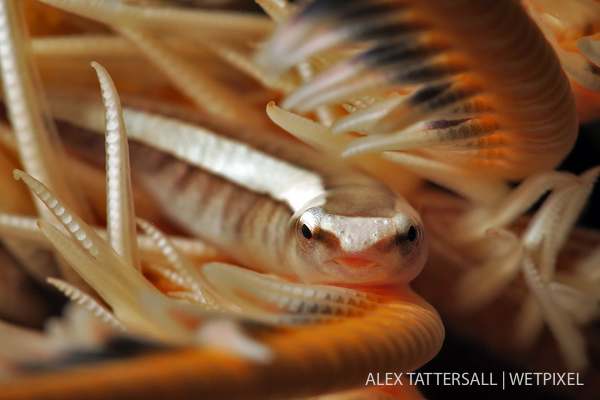
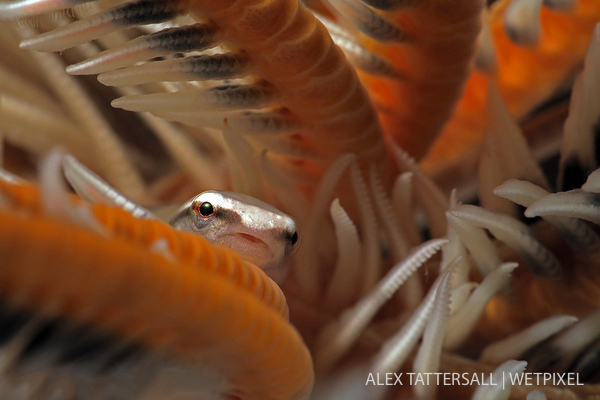

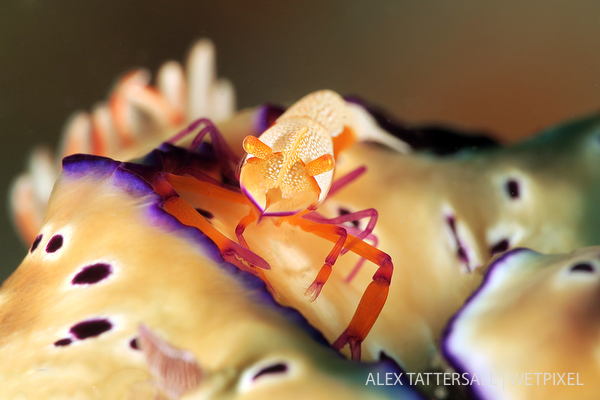
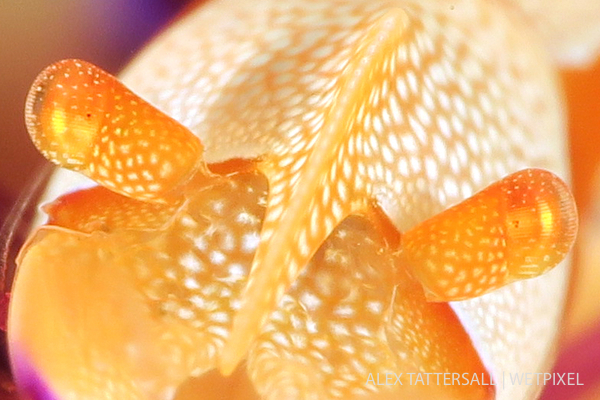
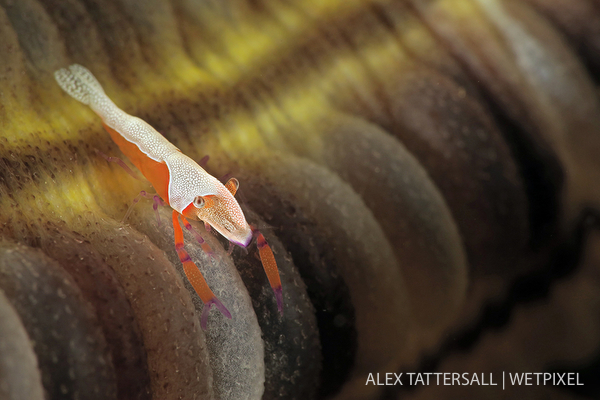
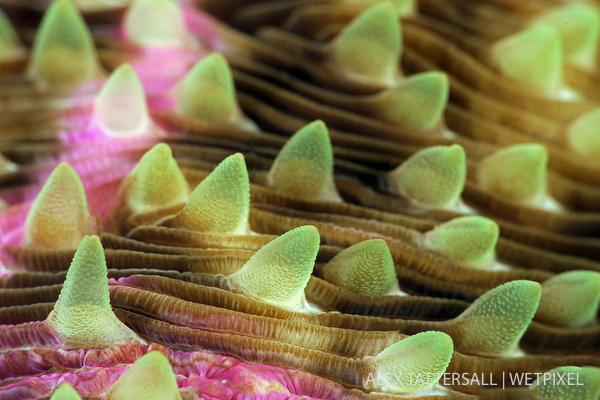
I also tried the G7X with no external lens with the standard flat port at 24mm. Although very competent, there is some evident CA to the edges of the image as a result.
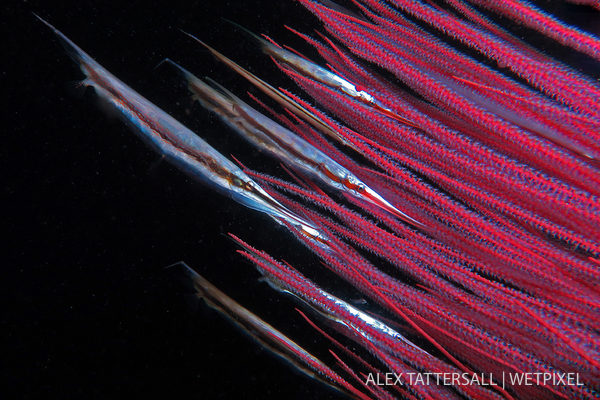
This was taken on a night dive in Manado, it is a direct resize of the .jpg file as I hadn’t downloaded the RAW convertor for the G7X at this point. I suspect I will be able to pull back the highlights and adjust the CA through the RAW conversion software.
Finally, I used the prototype wide angle conversion lens with the G7X using the short front port. Un cropped results follow which show corner to corner sharpness, independent testing shows sharpness throughout the aperture range on the G7X. The lens is designed to be used at 28mm and gives a FOV of approx. 120 degrees at 28mm.
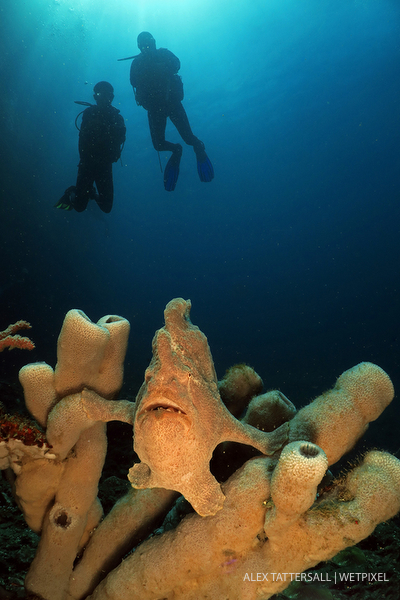
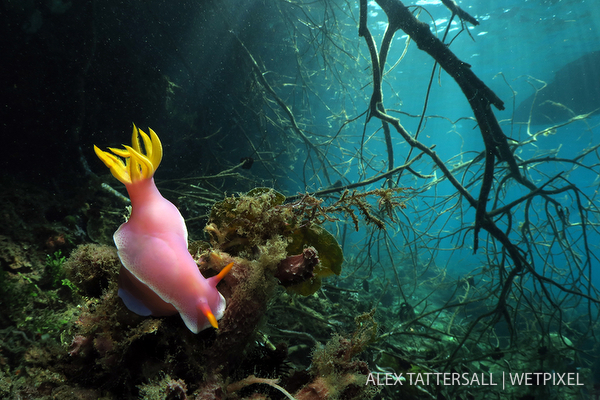
To conclude then, the results from this little powerhouse of a camera speak for themselves. If polyvalence is what you are after in a compact, the Sony RX100ii may still be a better choice but for ease of interface and overall enjoyment of use, the G7X wins hands-down for me.
About the author
Alex Tattersall is a UK based award-winning underwater photographer. He is also the distributer for Nauticam products in the UK and Ireland.